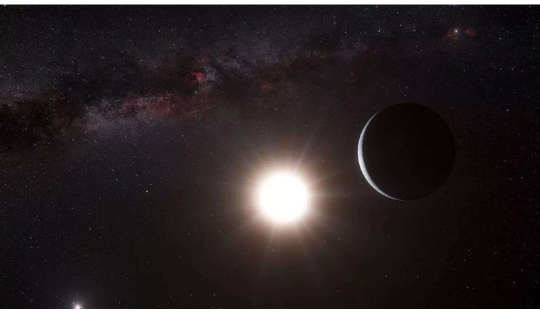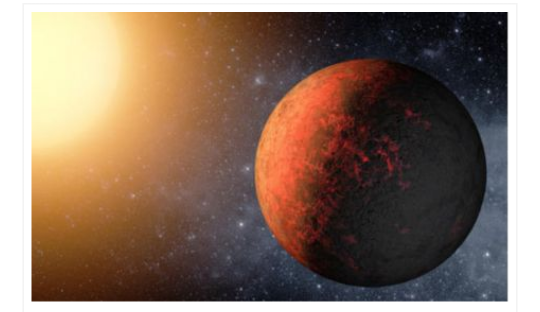Scientists have found a "super earth"

Dr. Jes Christian is an employee at NASA's Outer Planetary Science Institute, and he and his colleagues have found "Super Earth" on the HD 3167 track. This bright super planet is located in Pisces Palace. The results will be published in the forthcoming Journal of Astronautics.
HD 3167 is a K0-type dwarf planet. The radius and quality of the planet is about 86% of the sun, about 8 billion years old.
HD 3167 planet and the distance of the Earth is 149 light years, is the number of Long-day planets from the earth recently, the brightest one.
In September 2016, Vanderburg and other related personnel announced that they had discovered two small, short-cycle variable stars. They rotate along the planetary orbit, and the time required for the rotation is 0.95 days and 29.8 days, respectively.
With the confirmation of several telescopes and other tools, Christian and his colleagues confirmed the presence of the HD 3167b and HD 3167c stars and found another similar planet, which increased the number of nearby Earth planets to three in the solar system.
The newly discovered planet is named HD3167d, is a super earth, its quality is 6.9 times the earth.

Legend: This figure shows the scene of the super Earth from NASA / JPL-Caltech.
Every 8.5 days, the planet revolves around its mother's star (between the orbits of the previously known planets).
Astronomers have finely calculated the radius, mass and density of the 3167b and HD 3167c planets.
HD 3167b is a fiery and rocky super earth, its quality is five times the earth, and the radius is 1.7 times the earth.
"The mass and radius measured after measuring HD 3167b indicate that its bulk density is 5.6 g / cm3; it is also consistent with the composition of the rock, but it may be wrapped around a thin layer," said Christian and co-authors of the paper. Of the hydrogen / helium layer or other low - density volatiles.
HD 3167c is a warm sub-Neptune planet. Its quality is 9.8 times the earth, and the radius is three times the earth.
"The measured bulk density of the 3167c is 1.97 g / cm3," says the scientist, which has such a mass and radius because of its wide composition, including low-density volatile substances such as water, hydrogen and helium.
"For further research later, the HD 3167 is expected to be a fruitful system; it is likely to signal a variety of systems in the upcoming NASA TESS mission, and these systems are exciting," they said.
In an independent study of the HD 3167 system, Gandolfi and other authors draw the following conclusion: "HD 3167b is a rocky super Earth, while HD 3167c is a low density mini Neptune.